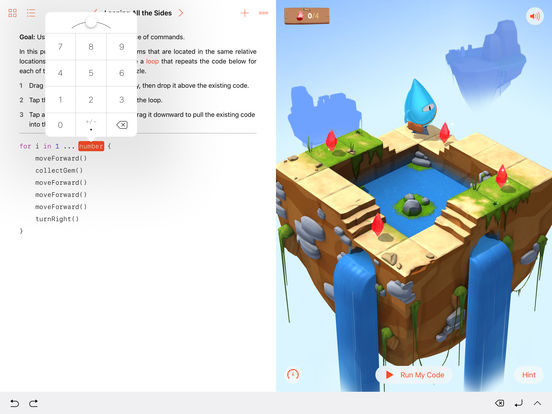Apple's Swift rises into top 10 programming languages, swapping places with Objective-C
Apple's open-source Swift has just broken into the top 10 programming languages, according to a quarterly ranking, in the process supplanting its predecessor on Apple platforms, Objective-C.

The language's position is based on data from GitHub and Stack Overflow, analysis firm RedMonk said this week. "The idea is not to offer a statistically valid representation of current usage, but rather to correlate language discussion and usage in an effort to extract insights into potential future adoption trends," it explained.
The top five languages were JavaScript, Java, Python, PHP, and C#.
"Finally, the apprentice is now the master," RedMonk said in regards to Swift. "Technically, this isn't entirely accurate, as Swift merely tied the language it effectively replaced - Objective C - rather than passing it. Still, it's difficult to view this run as anything but a changing of the guard."
The platform is also said to have managed the feat at a record pace, reaching the top 10 in under four years, even if it hasn't gained much traction as a server-side language.
Swift is primarily intended for Apple operating systems: iOS, macOS, watchOS, and tvOS. That has somewhat limited its adoption, even if the popularity of Apple devices has made it successful.
Apple is also working hard to promote Swift has a language, inserting it into high school and college curriculae, and using the likes of Swift Playgrounds and iTunes U to teach it to everyone else.

The language's position is based on data from GitHub and Stack Overflow, analysis firm RedMonk said this week. "The idea is not to offer a statistically valid representation of current usage, but rather to correlate language discussion and usage in an effort to extract insights into potential future adoption trends," it explained.
The top five languages were JavaScript, Java, Python, PHP, and C#.
"Finally, the apprentice is now the master," RedMonk said in regards to Swift. "Technically, this isn't entirely accurate, as Swift merely tied the language it effectively replaced - Objective C - rather than passing it. Still, it's difficult to view this run as anything but a changing of the guard."
The platform is also said to have managed the feat at a record pace, reaching the top 10 in under four years, even if it hasn't gained much traction as a server-side language.
Swift is primarily intended for Apple operating systems: iOS, macOS, watchOS, and tvOS. That has somewhat limited its adoption, even if the popularity of Apple devices has made it successful.
Apple is also working hard to promote Swift has a language, inserting it into high school and college curriculae, and using the likes of Swift Playgrounds and iTunes U to teach it to everyone else.

Comments
JavaScript, Java: slower, less safe, harder to write, harder to maintain.
Swift is gaining traction as a server-side language, a lot due to the efforts of IBM cloud offerings. Some very big advantages:
Tho, at my age, my brain is full -- every time It ingests something new -- something old is pooped out -- I was especially happy to see (the need for) semicolons go...
You bought into the advertising and the hype -- which is focused on selling available products....
For major corporations:
Business workflow didn't derive from product availability. Business products were and are derived from functional need. Very simply: You aren't going to manage a billion inventory, a multi-million dollar accounts receivable or payable, or get out a payroll or manage employee benefits packages on an iPad in a coffee shop.
And, the business systems and hardware to drive those functions are, to a large extent, purchased packages. Admittedly, they are multi-million dollar packages. But still, they are purchased packages. Yes, there are systems developed in house. But, due to the high cost of development and support, that is only for those functions unique to a particular business.
So which dynamic programming languages are you referring to?
For what it’s worth I’m an enterprise software principal, ex-dotcommer webdev. At every big corp and org I’ve worked for we have a mix of custom applications (mostly web, some Windows desktop) and commercial tools (usually web). And spreadsheets. Lots of spreadsheets.
If you want the quick interaction and freedom to experiment of a dynamic (I assume that means interpreted) language you can use Swift Playgrounds. Swift Playgrounds work in iOS macOS and from the command line interface.
A while back I did a proof of concept Swift Playground that allowed you self-install a complex app without forcing the user to fiddle with multiple CLI steps. The playground contained:
It worked as follows: the main Swift Playground program passed resources to the subordinate Swift Playground Programs to:
In essence, perform all the fiddley, cryptic, error-prone steps necessary to install, build and run an app.
* Access to low-level 'Nix scripts from a high-level Programming/Scripting language like Swift is the best of both worlds. FWIW, Apple considers Swift to be a System Programming Language -- this includes CLI Swift Scripts -- which can invoke other 'Nix scripts and components.